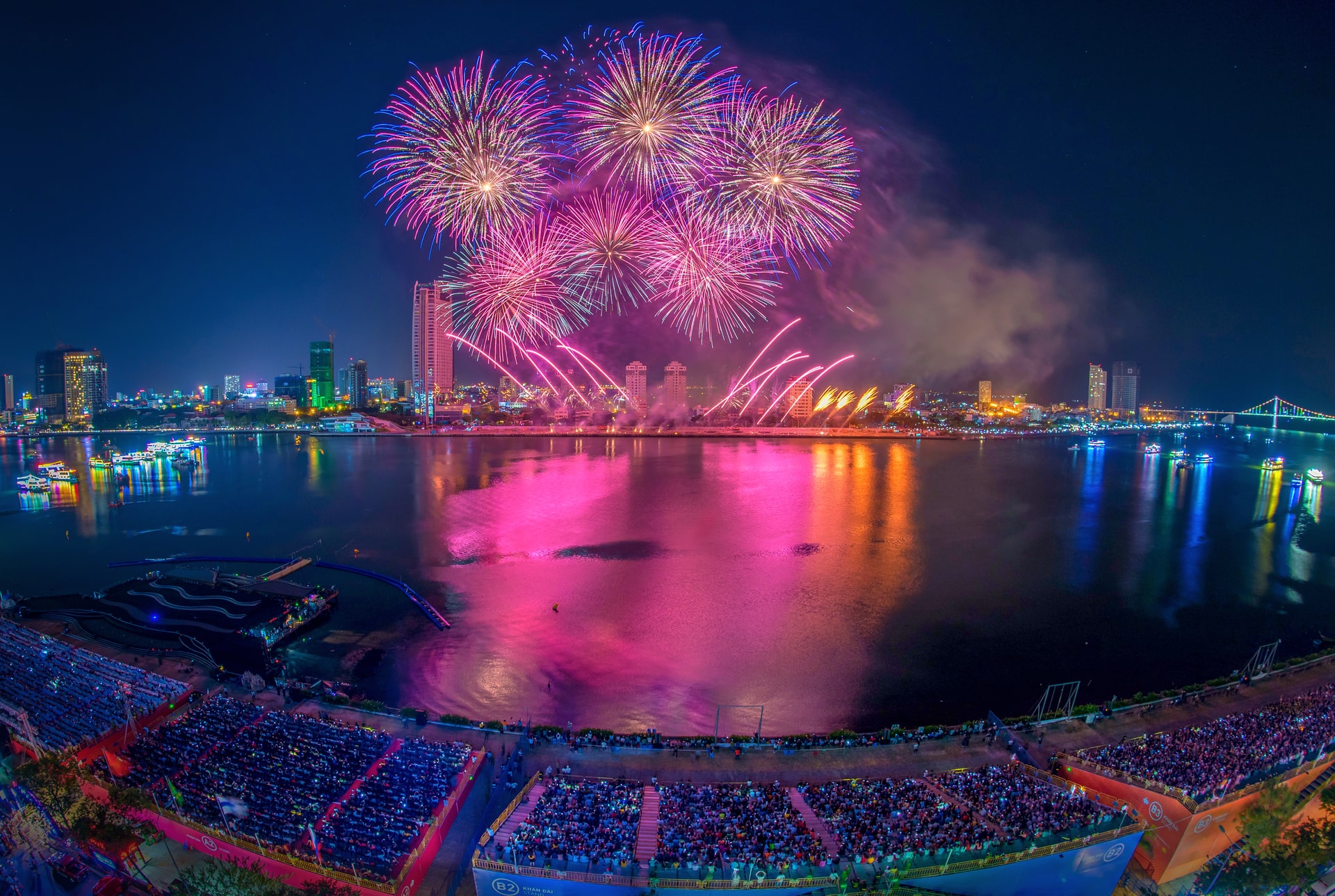
The seamless connection between resources helps Da Nang "escape the tight shirt" in terms of development space, while opening up opportunities to form new value chains in tourism: from transportation, accommodation, cuisine to experiential products.
Combining advantages for development
Not only does the merger remove organizational barriers, it also breaks down limitations in tourism product design. One of the highlights is the formation of multi-stop, inter-route tours that extend the length of stay and spending of tourists.
Mr. Phan Xuan Thanh, Chairman of Quang Nam Tourism Association said: “Connecting tourism resources between the two localities helps businesses expand their exploitation margins.
Eco-heritage-island tourism routes connecting Son Tra to Cu Lao Cham, from Hoa Bac to Nui Thanh, from coastal urban areas to mountainous villages... will be formed and operated as seamless journeys, increasing the experience and cultural depth for tourists.
According to Mr. Thanh, the new tourism space is also the premise to exploit the potentials that are currently "untouched" such as the forest and stream ecosystems in Hoa Bac and Nam Giang; Co Tu culture, traditional craft villages, indigenous products (ginseng, cinnamon, tea); organic agricultural space, community tourism, healing tourism. These are the resources that create a unique identity and at the same time lead local tourism to develop in the direction of green and sustainable tourism.
Another advantage after the merger of Da Nang and Quang Nam is the potential for synergy between two complementary tourism resources. Da Nang represents a modern, dynamic urban image with synchronous infrastructure, high-class resort and entertainment services. Quang Nam stands out with its cultural depth, rich heritage complex, and indigenous life imbued with identity.
The harmonious combination of the two regions will create a new, diverse and unique tourism ecosystem, capable of meeting the needs of different customer segments. In addition, major festivals and cultural events, which used to be held separately in the two localities, which have attracted a large number of tourists, will now be linked, doubling the advantage, creating a highlight for the tourism brand "New Da Nang".
Repositioning and brand development
Over the years, the image of “Da Nang - a livable city”, “a city of festivals and events” has left a clear impression on tourists, becoming a search keyword when referring to Da Nang tourism. However, if only relying on the old identity, the brand will have difficulty covering the entire new space, especially the cultural and ecological heritage areas typical of Quang Nam.
The problem is to reposition the tourism image: both maintaining the modern and dynamic spirit of Da Nang, and integrating the cultural depth and local identity which are the core strengths of Quang Nam, to create a comprehensive, attractive and distinct brand.
Commenting on this issue, Mr. Dang Manh Phuoc - Director of The Outbox Company (a company specializing in market research and data analysis of the tourism industry) said that the merger could create a big boost, but without a clear brand orientation and market strategy, Da Nang will face the risk of "two tractors pulling in opposite directions".
The biggest challenge is to position and promote the “New Danang” brand so that it does not become “averaged”, bland or lose its identity. Without building a unified positioning axis and a clear brand strategy, the inherent values can even cancel each other out.
According to Mr. Phuoc, the reorganization of the symbol system and brand story needs to be done carefully. It is necessary to avoid “damaging” the old identity as well as making it difficult for tourists and locals to recognize. This is also a difficult problem for the media when it has to expand the reach while still preserving the destination’s identity.
Da Nang tourism industry needs to develop and implement a comprehensive reconstruction strategy to become a destination with a unified image, clear market and modern approach to tourists. This strategy needs to be implemented through three steps: repositioning the brand, building a market strategy and innovating marketing activities.
Sharing the same view, Mr. Pham Hai Quynh, Director of the Asian Tourism Development Institute, also warned about the risk of each locality's own brand being blurred after the merger process.
“To position the brand, Da Nang needs to clearly define its core values. From there, build a new brand identity that has depth and regional coverage, but is still linked to the image of modern Da Nang that has been previously positioned.
In addition, the locality needs to implement an appropriate promotional strategy, emphasizing the new characteristics of the destination, while promoting communication on social networks, search engines, digital maps and international events. The goal is that even though the administrative name changes, information about the destination must still be easily accessible, clear and attractive to tourists," Mr. Quynh suggested.
Solving the problem of positioning the tourism brand of “New Da Nang”, Mr. Cao Tri Dung, Chairman of the Da Nang Tourism Development Promotion Fund, emphasized the importance of repositioning the tourism vision.
According to Mr. Cao Tri Dung, the merger of Da Nang - Quang Nam cannot stop at sharing visitors between the two ends of the city but must co-create a national tourism center of regional scale, a strategic gateway to welcome international visitors to the Central region.
The planning of “New Da Nang” must be shaped as an interconnected structure instead of two separate destinations, avoiding the mechanical thinking of accumulating resources. Instead, it is necessary to develop tourism centers associated with specific resources of each region, thereby clearly defining key products and redefining target customer groups.
Source: https://baodanang.vn/tai-dinh-vi-thuong-hieu-du-lich-da-nang-3265082.html



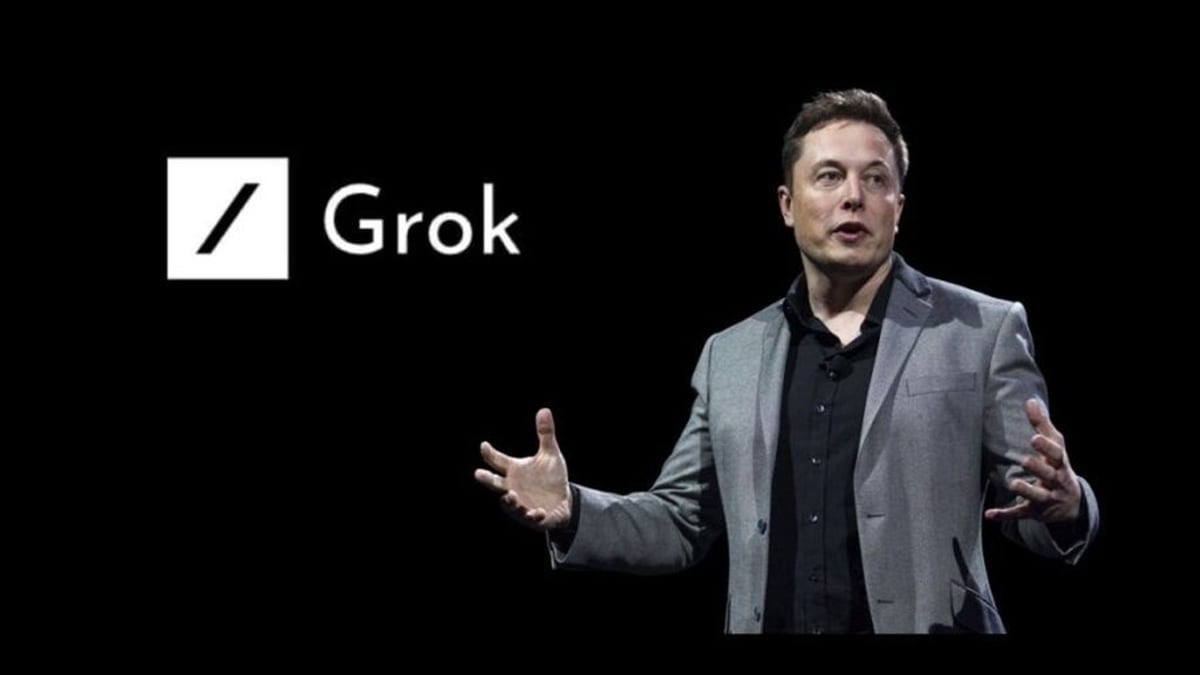
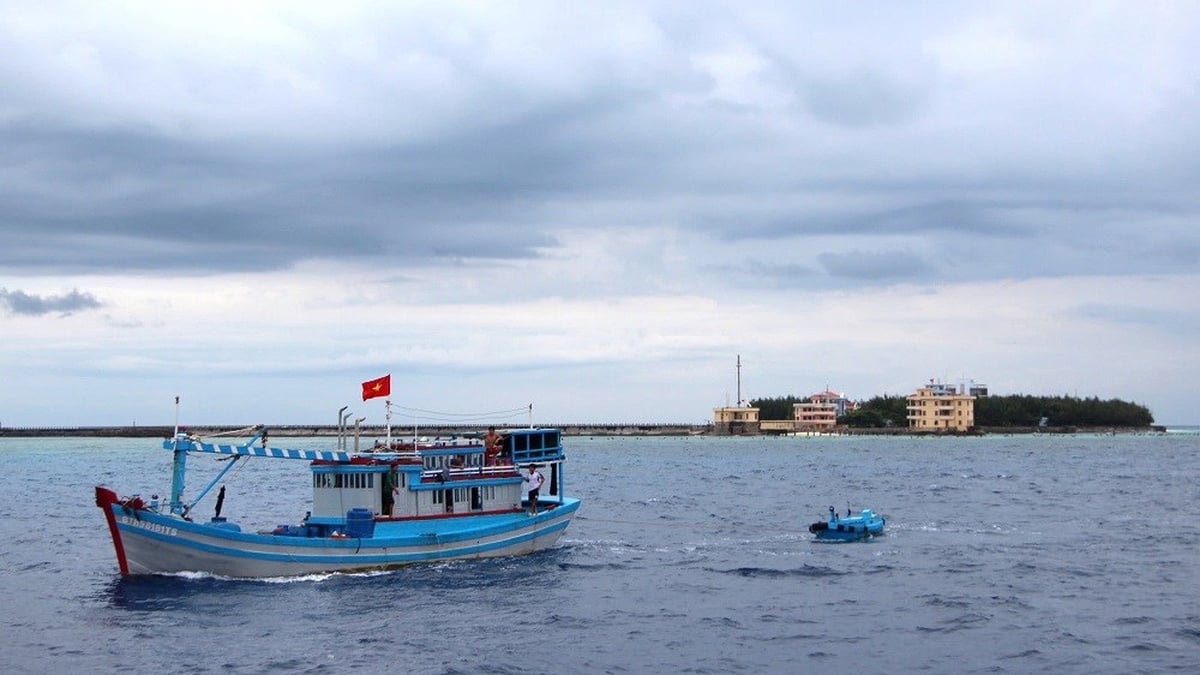


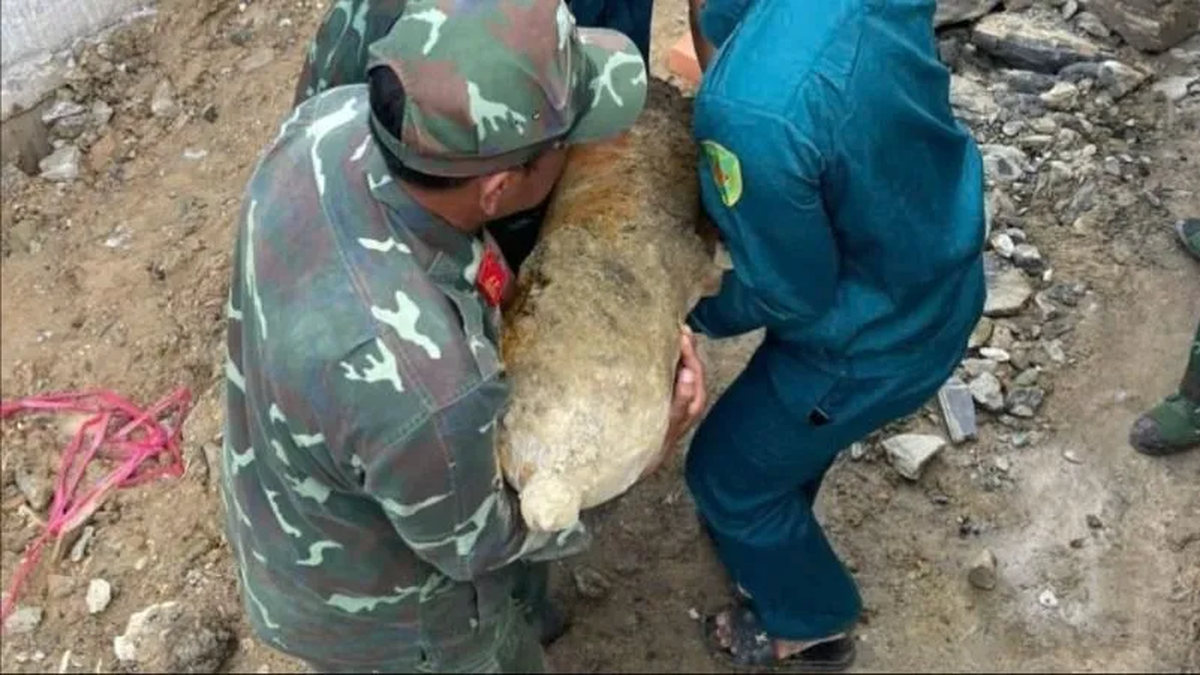


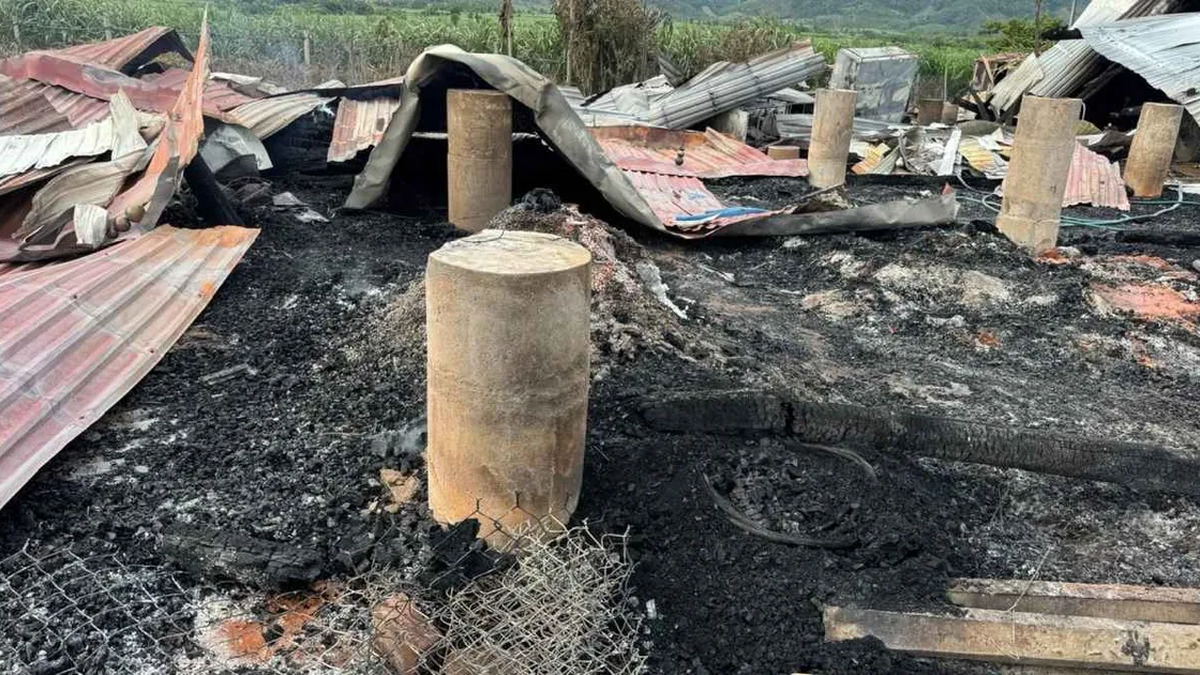



















![[Photo] Gia Lai provincial leaders offer flowers at Uncle Ho's Monument with the ethnic groups of the Central Highlands](https://vphoto.vietnam.vn/thumb/1200x675/vietnam/resource/IMAGE/2025/7/9/196438801da24b3cb6158d0501984818)

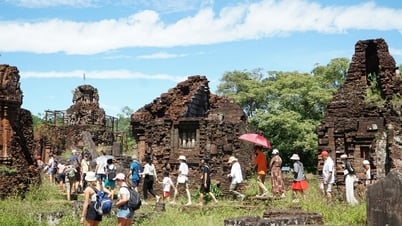

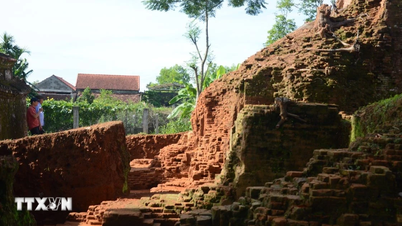

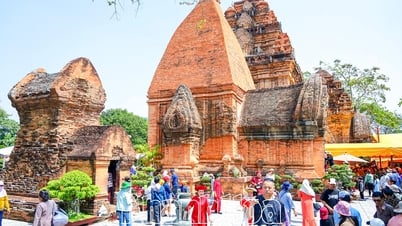

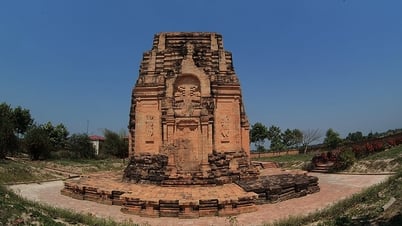

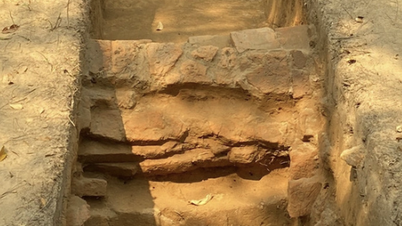

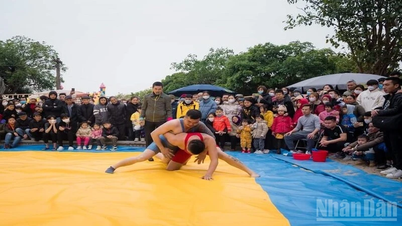



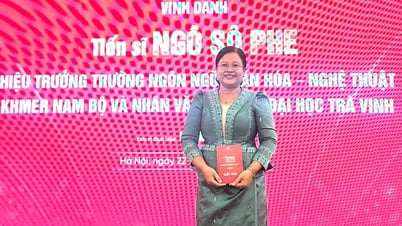









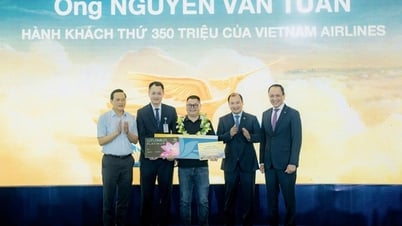

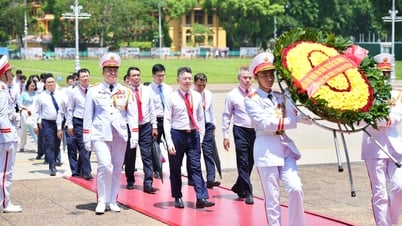



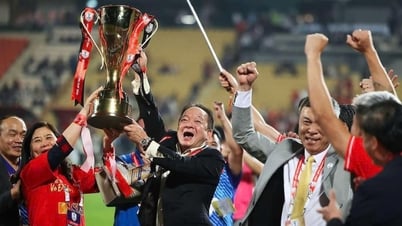

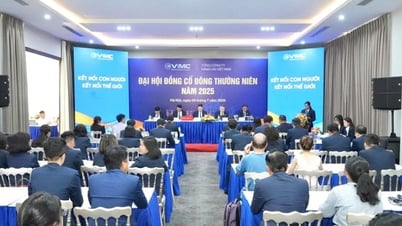

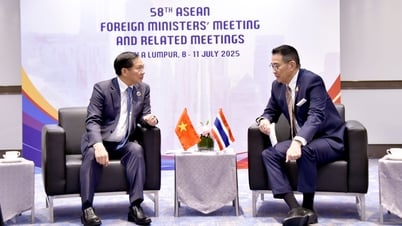

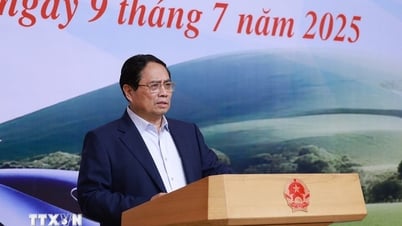
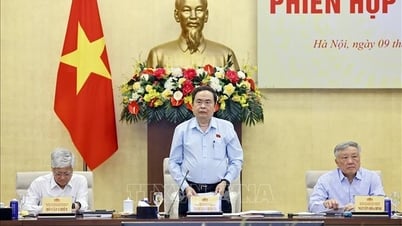
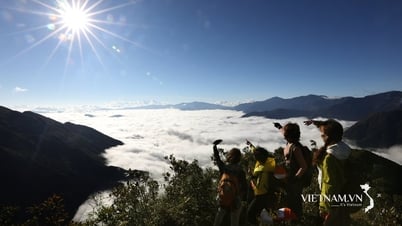


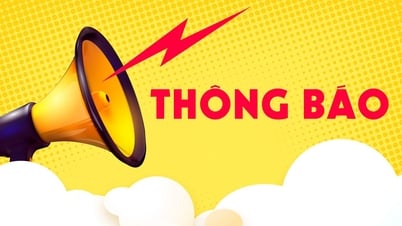

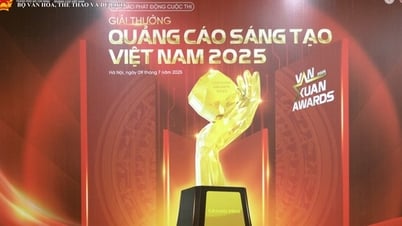
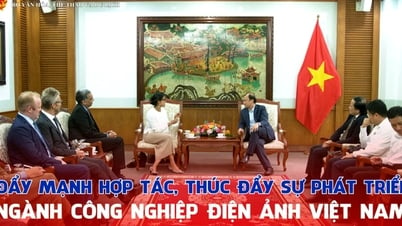











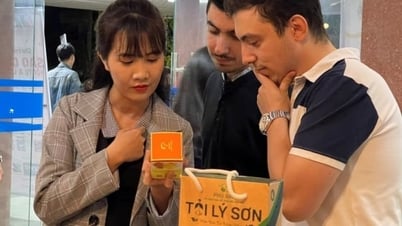


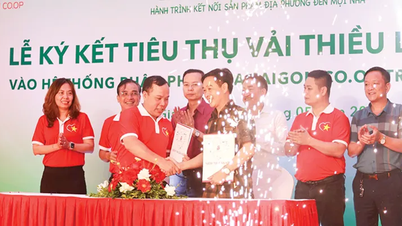
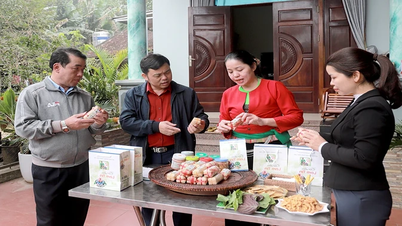




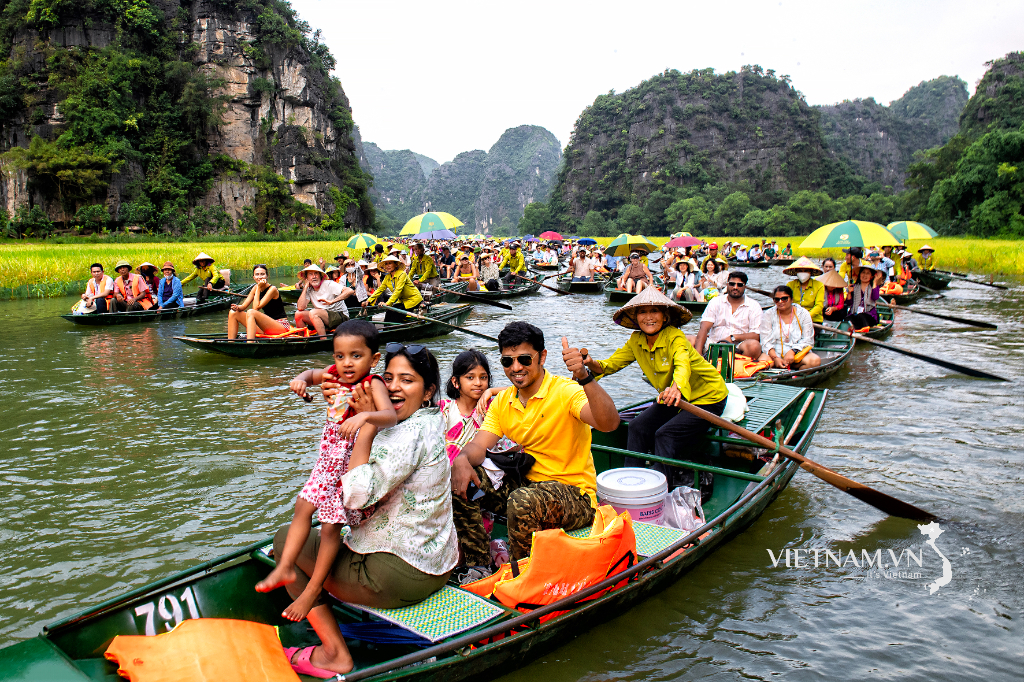


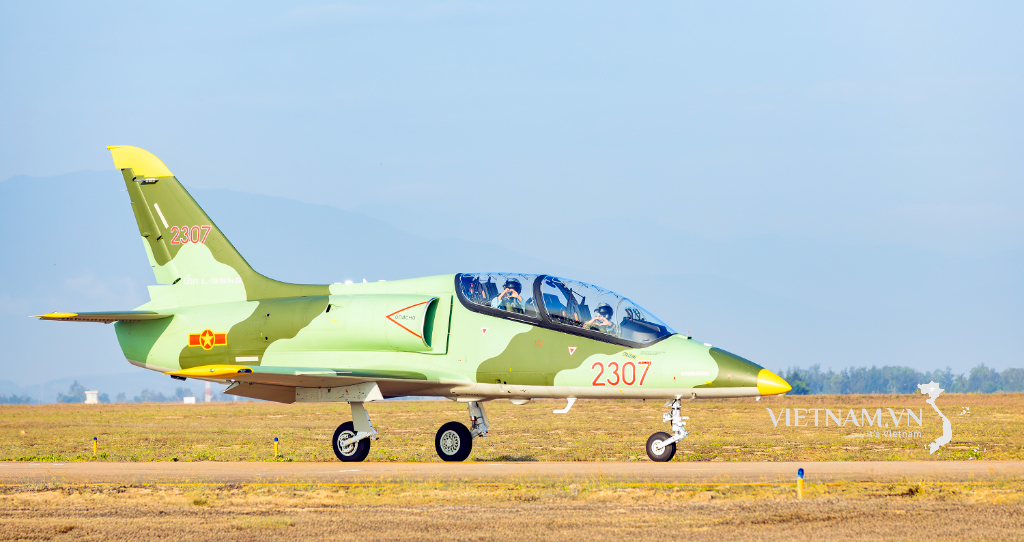
Comment (0)